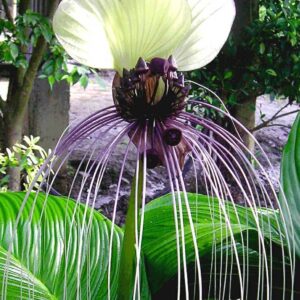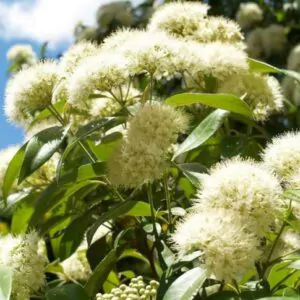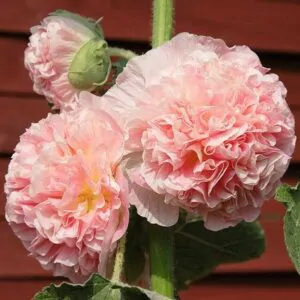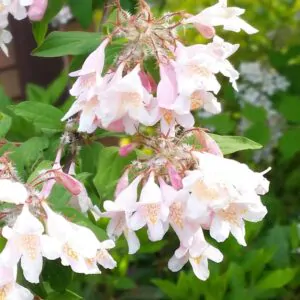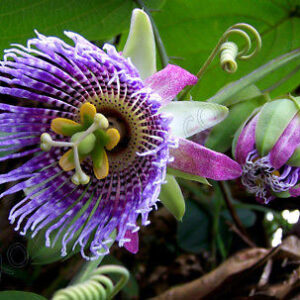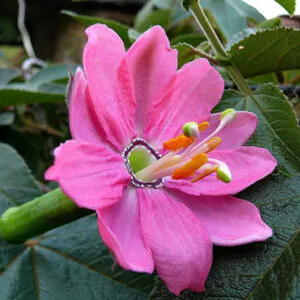$4.42
/ per pack
Choose seeds per pack:
Kingdom: Plantae
Clade: Tracheophytes
Clade: Angiosperms
Clade: Eudicots
Clade: Rosids
Order: Fabales
Family: Fabaceae
Subfamily: Caesalpinioideae
Genus: Parkinsonia
Species: P. aculeata
Parkinsonia aculeata is a species of perennial flowering tree in the pea family, Fabaceae. Common names include palo verde, Mexican palo verde, Parkinsonia, Jerusalem thorn, jelly bean tree, palo de rayo, and retama.
Parkinsonia aculeata may be a spiny shrub or a small tree. It grows 2 to 8 m (6.6 to 26.2 ft) high, with a maximum height of 10 metres (33 ft). Palo verde may have single or multiple stems and many branches with pendulous leaves. The leaves and stems are hairless. The leaves are alternate and pennate (15 to 20 cm long). The flattened petiole is edged by two rows of 25–30 tiny oval leaflets; the leaflets are soon deciduous in dry weather (and during the winter in some areas) leaving the green petioles and branches to photosynthesize.
The branches grow double or triple sharp spines 7–12 mm (0.28–0.47 in) long at the axils of the leaves. The flowers are yellow- orange and fragrant, 20 mm (0.79 in) in diameter, growing from a long slender stalk in groups of eight to ten. They have five sepals and five petals, four of them clearer and rhomboid ovate, the fifth elongated, with a warmer yellow and purple spots at the base. The flowering period is in the middle months of spring (March–April or September–October). The flowers are pollinated by bees. The fruit is a seedpod, leathery in appearance, light brown when mature.
P. aculeata is native to the southwestern United States and northern Mexico south to Galapagos Islands and northern Argentina. It has been introduced in Africa, Australia, India, Pakistan and Spain.
Parkinsonia aculeata has a high tolerance to drought, simply attaining shorter stature. In moist and humus-rich environments it becomes a taller, spreading shade tree. This plant prefers a full sun exposure, but can grow on a wide range of dry soils (sand dunes, clay, alkaline and chalky soils, etc.), at an altitude of 0–1,500 metres (0–4,921 ft) above sea level.
In Mexico, the leaves are steeped and made into medicine for fever and epilepsy.
The foliage is seldomly browsed by livestock due to the spines.
| Weight | N/A |
|---|
